Invasive mussels feasting on ‘doughnut’ critical to Lake Michigan ecosystem
1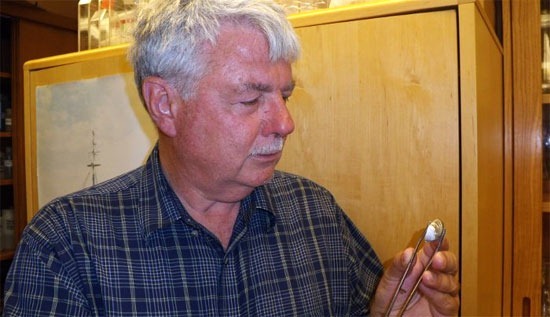
Michigan Technological University biologist Charlie Kerfoot examines a quagga mussel.
As officials from Great Lakes states head into the courtroom today in the fight against the notorious Asian carp, another invasive species troubles Charlie Kerfoot. He says the threat posed by the behemoth carp doesn’t compare to that by creatures much tinier — about the size of a lima bean — who like to eat his doughnut.
The Michigan Technological University biologist’s “doughnut” consists not of fried dough and chocolate icing, but is instead a roughly circular river of phytoplankton drifting counterclockwise around the southern end of Lake Michigan. Kerfoot and his research team were elated when they first discovered the phenomenon in 1998, with the help of NASA’s then-new Sea-viewing Wide Field-of-view Sensor (SeaWiFS) Project. The ring had existed for years before its discovery, but it went unnoticed as the winter is dangerous for Great Lakes research boats.
Researchers also found zooplankton, which feed on phytoplankton, in much higher concentrations around the doughnut. The rich food supply provided by the doughnut gave the zooplankton a means to survive in the winter. Zooplankton in turn feed small fish and serve as a critical component to the lake’s food web.
The doughnut forms from winter storms that circulate nutrients, such as phosphorus, that are embedded in the lake-bottom sediments along the southeastern shore, where major tributaries drain a watershed rich with nutrients from cities and agriculture.
“We saw that with each storm, you get a ring, and it can persist for weeks or even months,” Kerfoot said.
But in 2001, something started gnawing away at the doughnut. The likely suspect is the tiny quagga mussel (Dreissena rostriformis bugensis), an invasive European mollusk that has now infested all of the Great Lakes and has an insatiable appetite for phytoplankton. The quagga mussels are consuming the phytoplankton so rapidly, Kerfoot said, that by the time the Asian carp arrive there won’t be any food left for them.
These filter feeders were introduced much the same way as zebra mussels, by stowing away in the unfiltered ballast tanks of ocean-going freighters. They can cling to hard surfaces like zebra mussels, but they also burrow into lake sediment, where they can be found in concentrations of 10,000 to 15,000 per square meter. These masses can filter as much as one third of the water column in areas between 30 and 50 meters deep, according to Hank Vanderploeg at the NOAA Great Lakes Research Laboratory. That means they are consuming five to seven times as much phytoplankton as is being produced near the outside ring of the doughnut.
A 75 percent decline in chlorophyll a, a measure of phytoplankton abundance, has occurred from 2001 to 2008, according to research from Kerfoot’s lab. The quagga mussels are shifting the food web to the benthic layer, Kerfoot said, meaning a stimulation of growth for Cladophora algae. The algae decompose and deplete dissolved oxygen from the water, making it harder for other aquatic life to breath.
As the food web shifts, Kerfoot said it is likely there will be a decline in zooplankton and consequently alewives, chubs, Atlantic salmon, muskies, smelt, walleyes, perch, and roughly one hundred additional aquatic species that inhabit the area.
“A high percent of the fish biomass could be lost in the next couple years,” he said. “We have a system that’s crashing.”
A paper on this research, “Approaching Storm: Disappearing Winter Bloom in Lake Michigan,” has been published in Volume 36, Supplement 3, of the Journal of Great Lakes Research.
Lake Michigan Ecosystem May Crash: ‘Doughnut’ of Phytoplankton Disappearing [Science Daily] Scientists find culprit behind dying ‘doughnut’ of Michigan Lake [One India]
Image Credit: Michigan Technological University




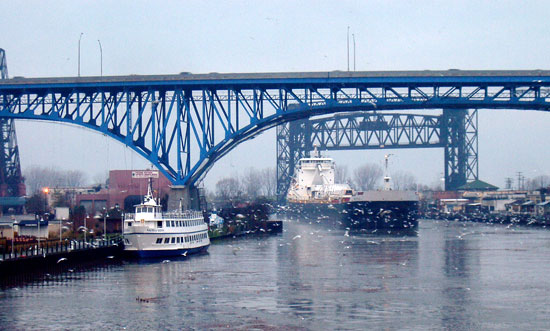
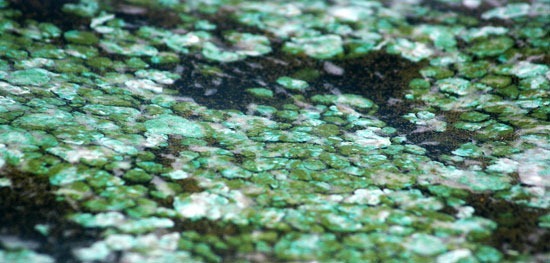
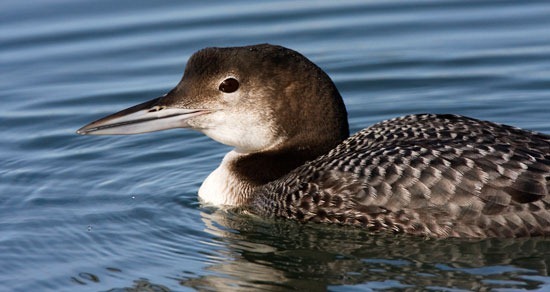
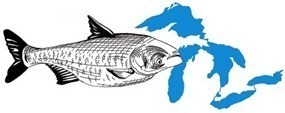

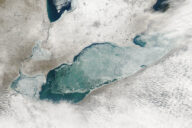




[…] Technological University biologist Charlie Kerfoot, for instance, has said quagga mussels are consuming phytoplankton in Lake Michigan so rapidly that there might not be any […]